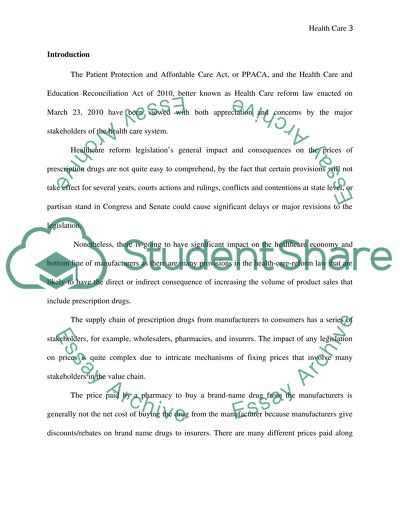Cite this document
(“Health Care Reform and Effect on Prescription Drug Costs Research Paper”, n.d.)
Retrieved from https://studentshare.org/family-consumer-science/1417368-health-care-reform-and-effect-on-prescription-drug
Retrieved from https://studentshare.org/family-consumer-science/1417368-health-care-reform-and-effect-on-prescription-drug
(Health Care Reform and Effect on Prescription Drug Costs Research Paper)
https://studentshare.org/family-consumer-science/1417368-health-care-reform-and-effect-on-prescription-drug.
https://studentshare.org/family-consumer-science/1417368-health-care-reform-and-effect-on-prescription-drug.
“Health Care Reform and Effect on Prescription Drug Costs Research Paper”, n.d. https://studentshare.org/family-consumer-science/1417368-health-care-reform-and-effect-on-prescription-drug.


